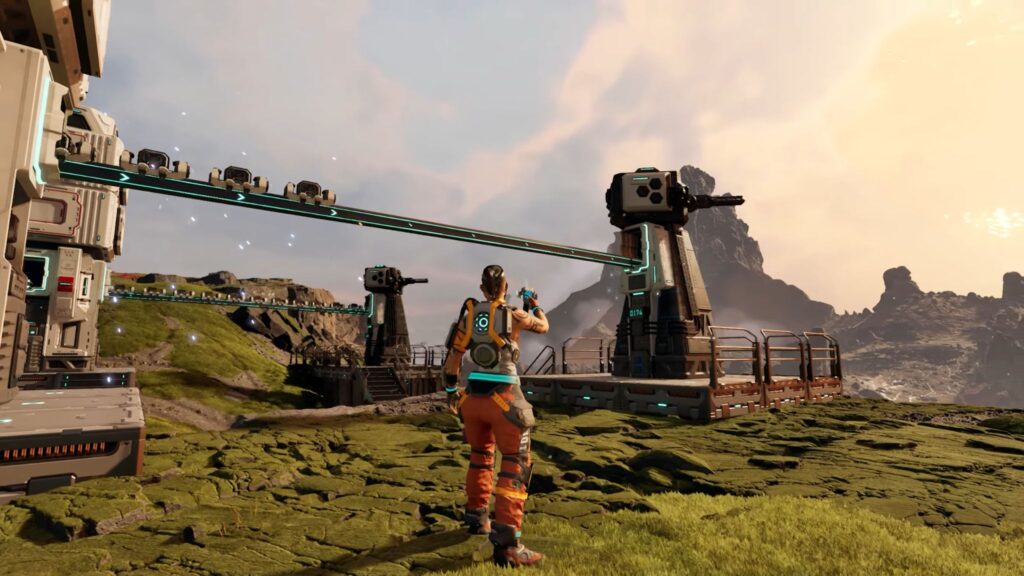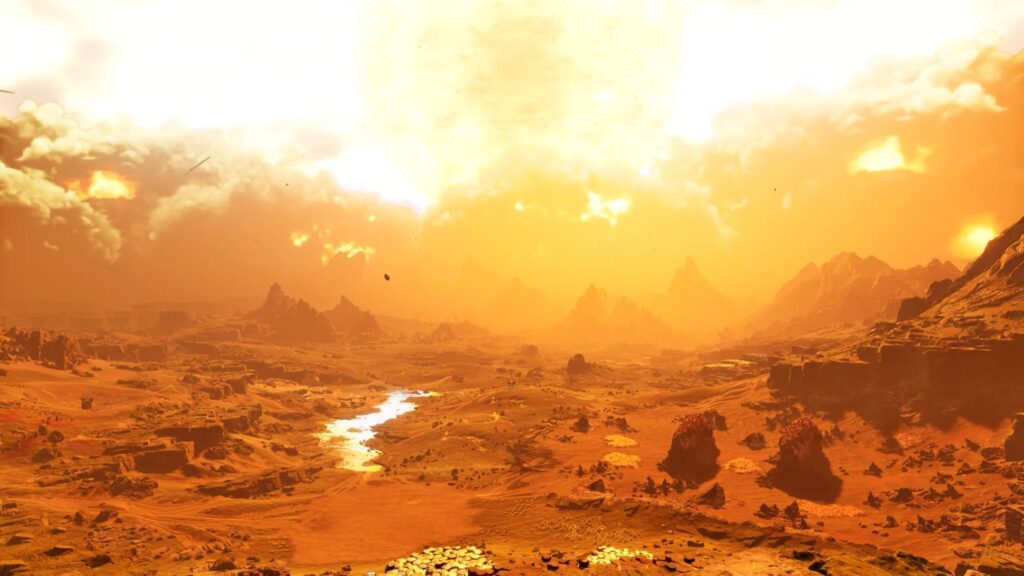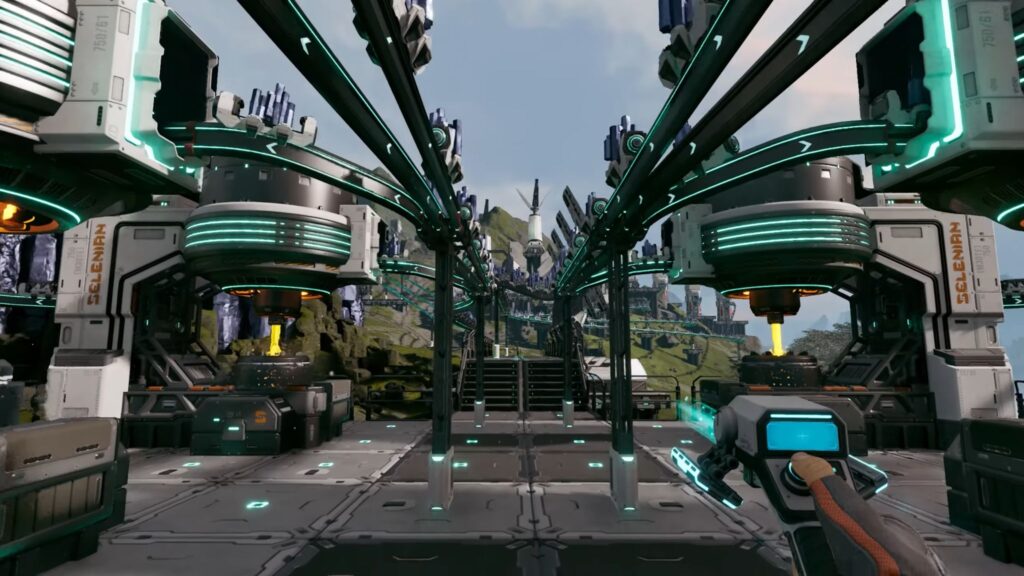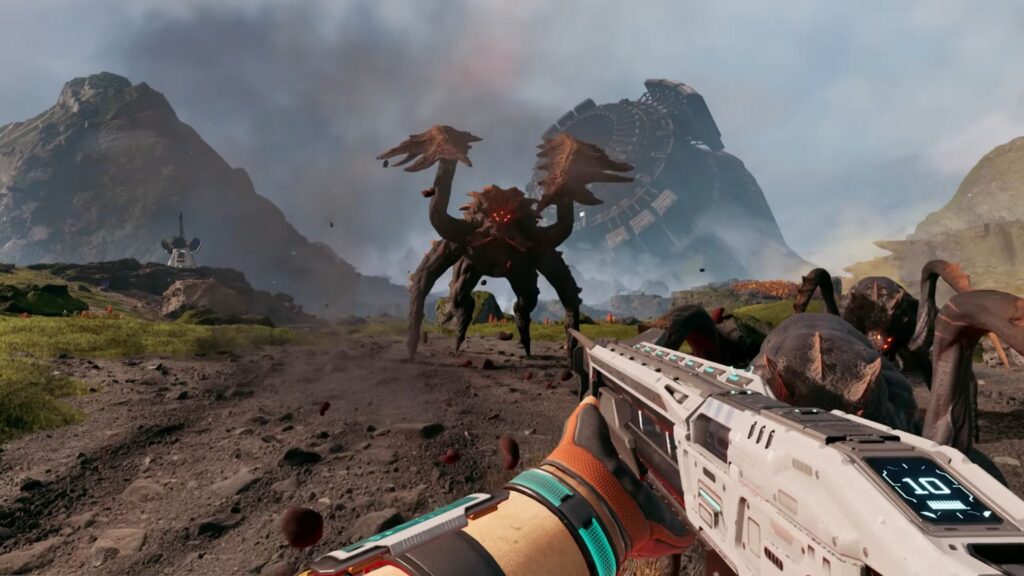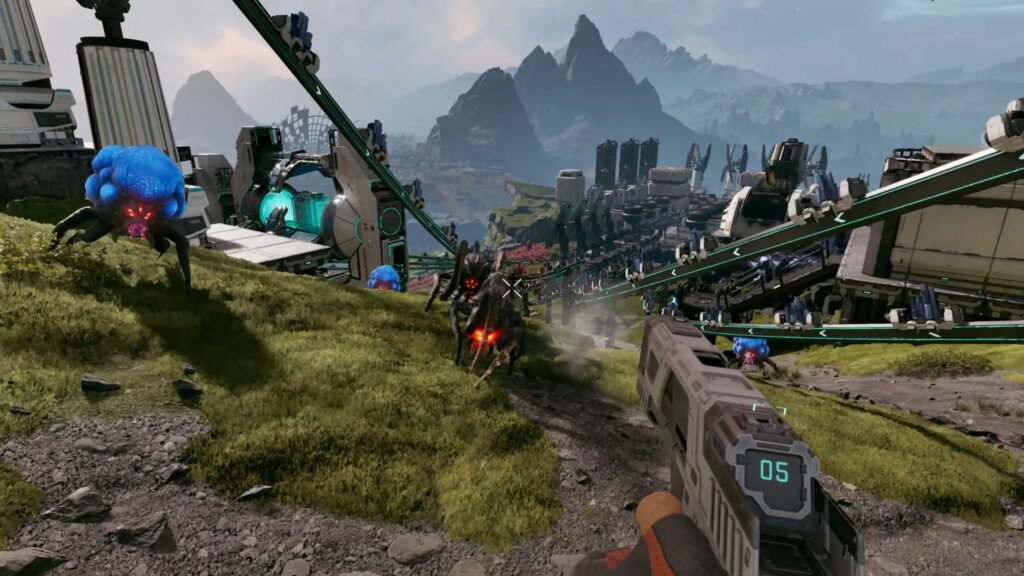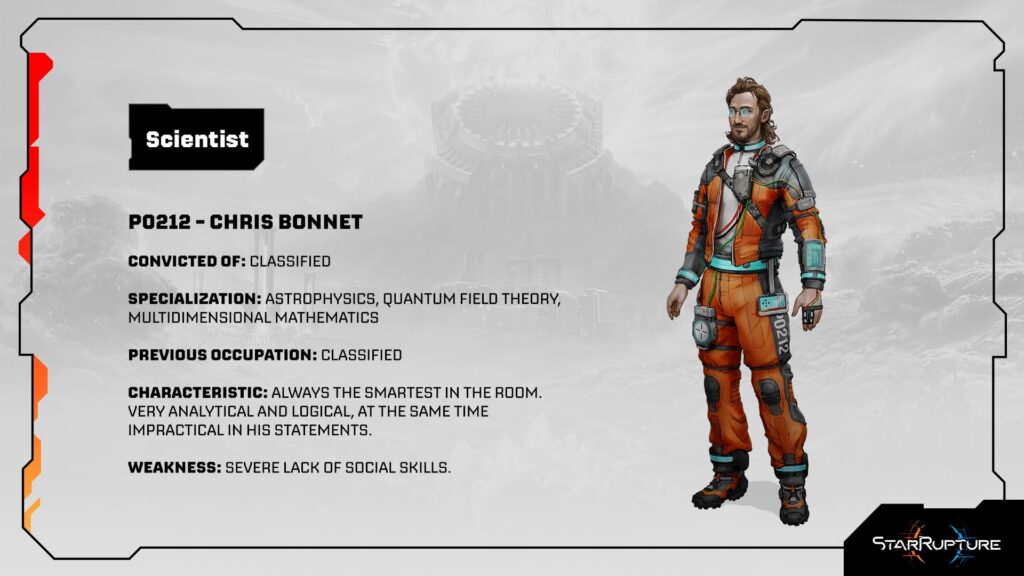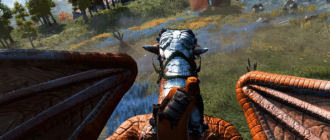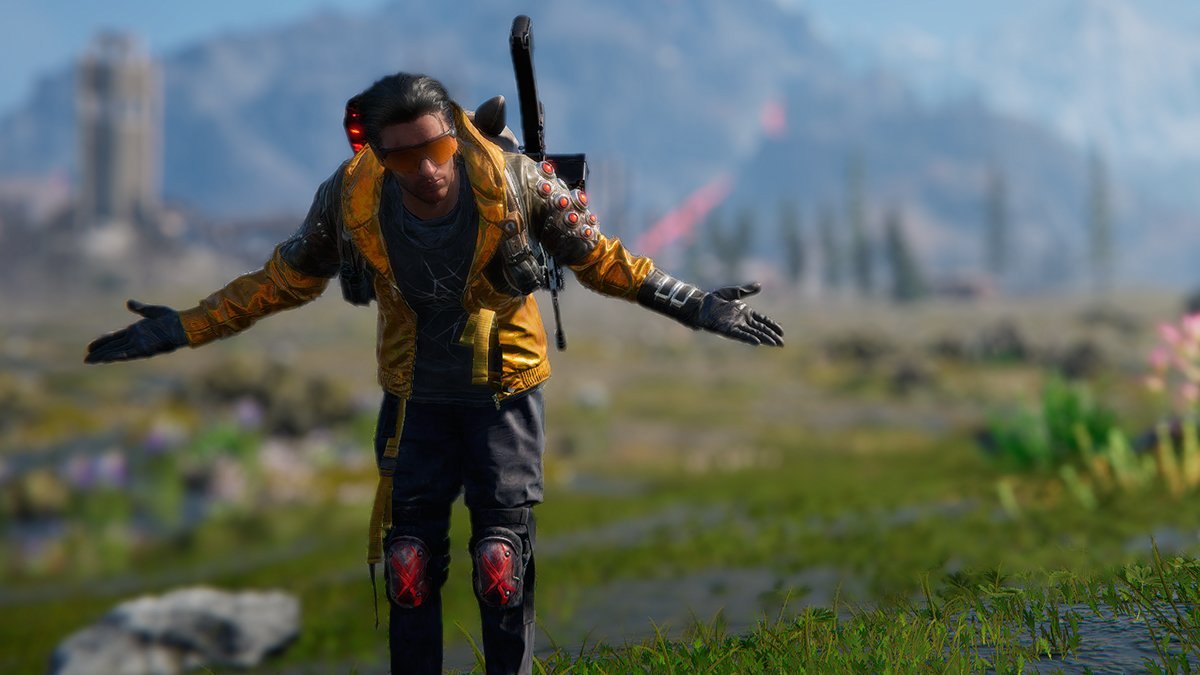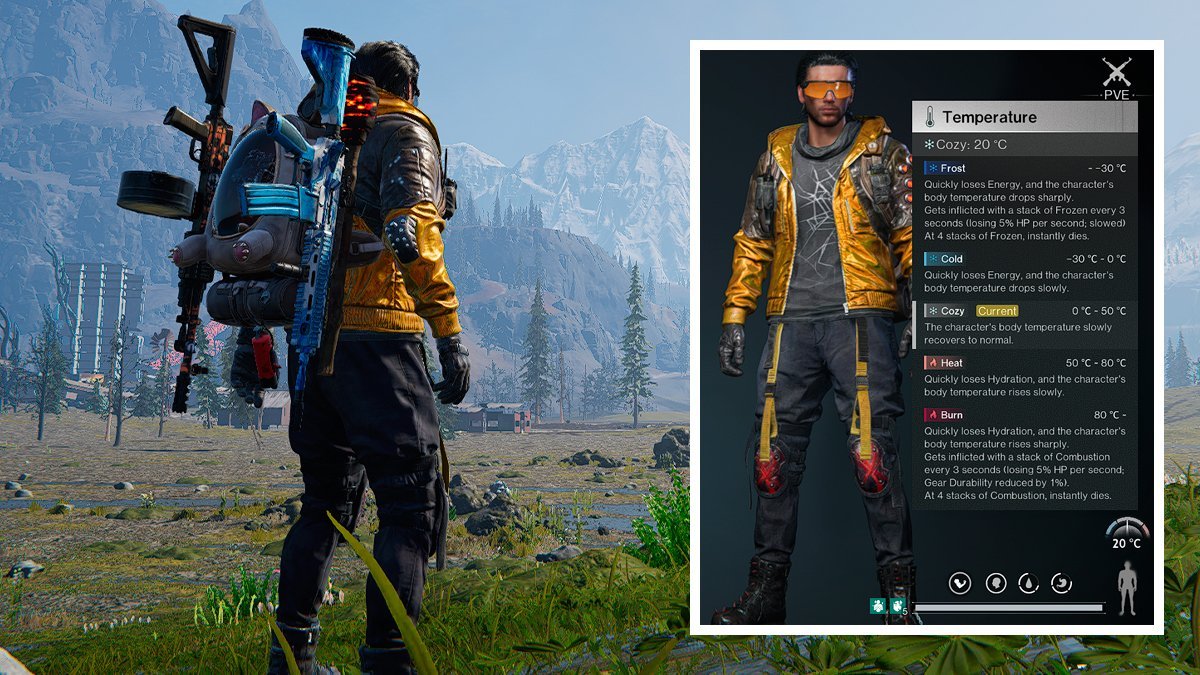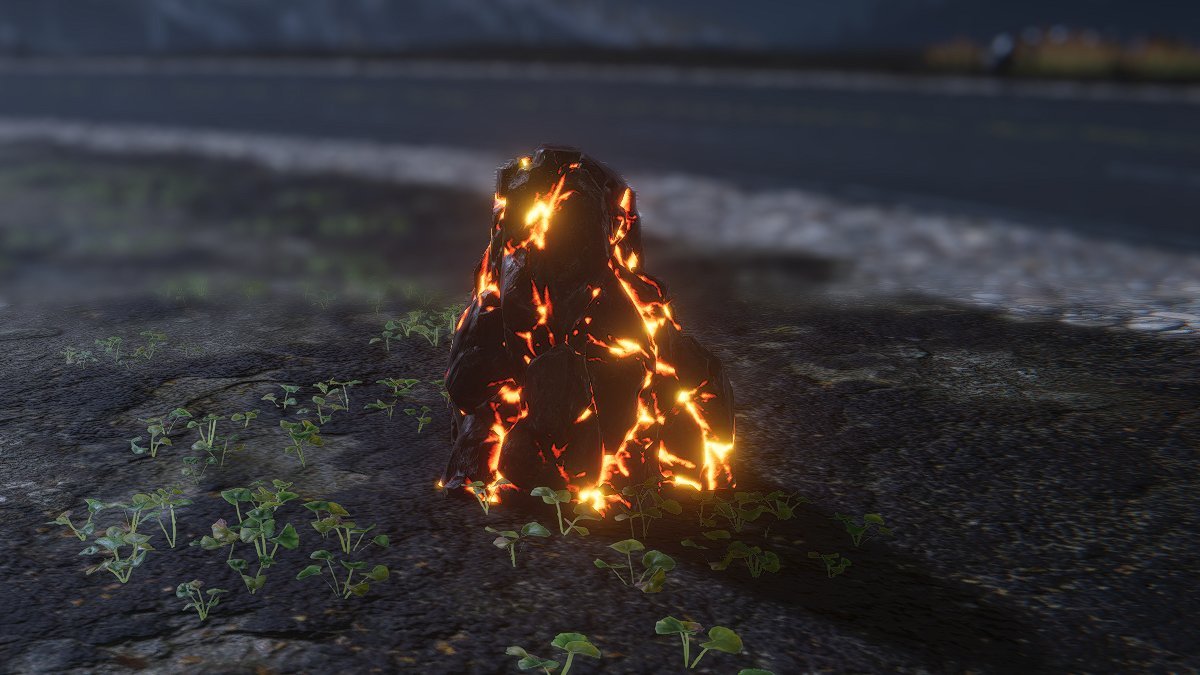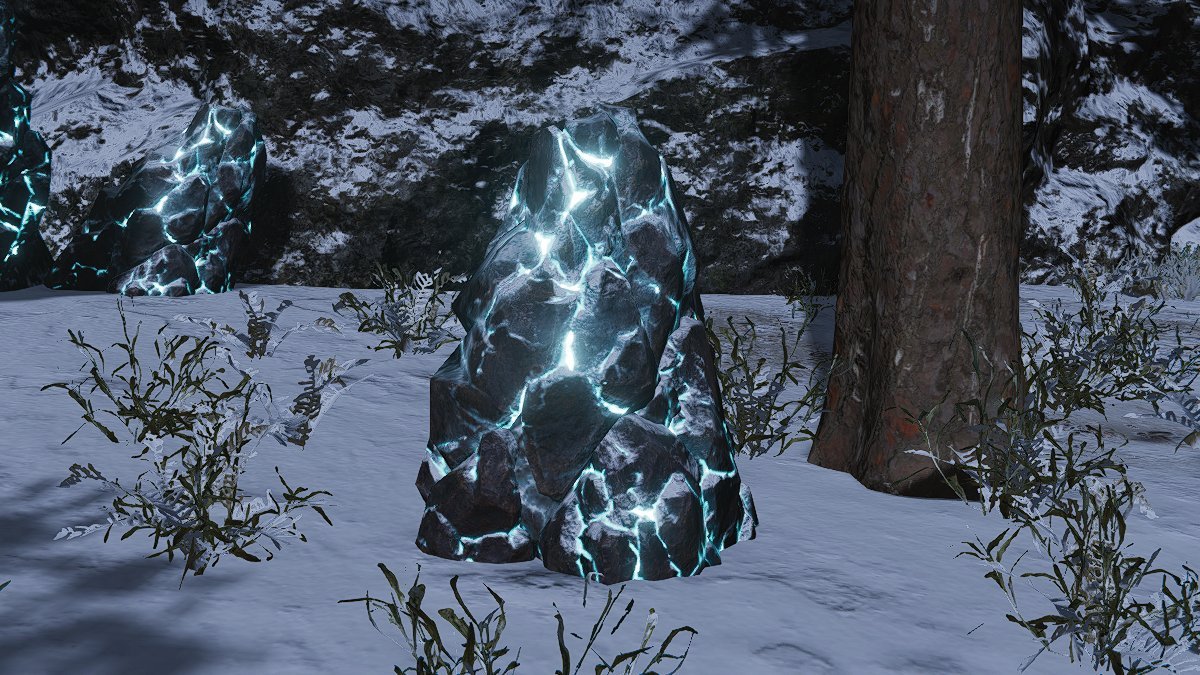- Official Playtest Trailer
- Gameplay Systems and Core Mechanics
- The Rupture Cycle: A World of Fire and Rebirth
- Build to Survive, Automate to Thrive
- Combat and Exploration
- The Architects of Arcadia-7: A Profile of Developer Creepy Jar
- StarRupture’s Place in the Factory-Survival Landscape
- A Review of the Single-Player Playtest
- Roadmap, Release, and Final Assessment
A limited-time single-player playtest for StarRupture, the ambitious new title from the developers of Green Hell, is now available for sign-up on Steam. The game merges first-person survival, complex base-building, and intense combat on a hostile alien world. Developed and published by the Polish studio Creepy Jar, StarRupture drops players into the role of a convict exiled to the planet Arcadia-7. There, they must build a vast industrial complex to fulfill corporate contracts while fighting to survive against alien creatures and recurring environmental cataclysms.
The playtest, which ran from July 29th to July 31st, 2025, offered the first public hands-on opportunity with the game. It focused exclusively on the single-player experience, allowing the developers to gather targeted feedback on core mechanics before the game’s planned Early Access launch. This approach signals a methodical development strategy, aiming to solidify the fundamental gameplay loop before introducing the complexities of the game’s up-to-four-player cooperative mode.
Official Playtest Trailer
Gameplay Systems and Core Mechanics
StarRupture is built upon three interconnected pillars: a dynamic world shaped by a unique cataclysm system, a streamlined approach to industrial automation, and a heavy emphasis on combat and exploration. These elements combine to create an experience that aims to be distinct from other titles in the factory-building and survival genres.
The Rupture Cycle: A World of Fire and Rebirth
The most defining feature of Arcadia-7 is the “Rupture”. This is a periodic, world-altering event where the planet’s volatile star unleashes a destructive wave of fire or extreme cold across the surface. This cataclysm is not merely a background threat; it is a central gameplay mechanic that dictates the rhythm of survival. After each Rupture, the world is reborn as “life springs forth anew,” altering the landscape and revealing new, often rare, resources and secrets to be discovered.
This system forces players to think defensively and strategically about their base design. To protect their industrial infrastructure from annihilation, players must construct and utilize a “Base Core”. This crucial structure projects a protective field that shields and cools all buildings within its perimeter during a Rupture event, making its placement and power supply a primary strategic concern. The concept of a recurring, world-scorching event that players must shelter from has drawn comparisons within the community to the volcanic eruptions in the game Volcanoids, highlighting it as a key point of differentiation from the static worlds of its competitors.
Build to Survive, Automate to Thrive
The game’s building and automation systems are designed to be powerful yet accessible, shifting focus from logistical minutiae to larger strategic planning.
Players begin with a building tool that allows for the construction of modular habitats, which serve as safe havens for planning and resupplying. These structures are highly customizable, with various segments, vertical and horizontal connectors, airlocks, and observation windows. The visual design of these futuristic structures was a key topic in the developer’s second devlog, indicating a focus on aesthetic satisfaction alongside functionality.
Where StarRupture most clearly diverges from genre giants like Satisfactory and Factorio is in its logistics. The game features a “resource pull” mechanic, where production buildings automatically pull the materials they need from nearby storage or other machines without the need for manual conveyor belt connections.15 The transportation network is instead built around “Drone Rails”. These rails function as a combined power and transport grid. They connect different machines and storage units, transfer energy to power them, and serve as pathways for autonomous drones that carry resources packed into standardized parcels.
This design choice fundamentally alters the central puzzle of the factory genre. The challenge is no longer the microscopic optimization of conveyor belt spaghetti, but the macroscopic planning of an efficient, powered, and logically connected network. By abstracting away the manual routing of every item, Creepy Jar frees up the player’s cognitive load to focus on other core pillars of the game: exploration, combat, and surviving the planet’s many dangers. This makes the automation aspect potentially more approachable for a broader audience beyond hardcore factory optimization enthusiasts.
Combat and Exploration
Creepy Jar has made it clear that combat is a primary gameplay pillar, not a secondary feature. The game is described as having “advanced combat” and is positioned as a “co-op online shooter,” suggesting a much deeper system than the perfunctory combat seen in some factory builders. Players must defend themselves and their bases from “hordes of aggressive alien creatures” that range from meter-wide arachnids to much larger, more formidable beasts.3 These creatures are not just a threat to the player’s life; some will actively attack the factory to steal its energy, making base defense a constant pressure.
Exploration is driven by both necessity and curiosity. Players must venture out to find new resource deposits to feed their industrial machine. The world is also filled with mysteries to uncover, including the abandoned bases of previous failed expeditions, which hold valuable resources and narrative clues about their fate. A central long-term objective appears to be the discovery and activation of “forgotten engines”—enormous, ancient structures scattered across Arcadia-7. The Rupture cycle enhances exploration by constantly reshaping the world, providing new reasons to revisit previously explored areas.
The Architects of Arcadia-7: A Profile of Developer Creepy Jar
The studio behind StarRupture is Creepy Jar, a Polish developer and publisher founded in 2017. The team is composed of seasoned industry veterans with experience at notable studios like Techland (creators of Dying Light) and 11 bit studios. Their credibility is firmly established by their first project, the critically and commercially successful survival simulator Green Hell.
Creepy Jar has built a reputation for transparency and close collaboration with its community, a philosophy they are carrying over to StarRupture. The studio has repeatedly stated its intention to use the Early Access period to “cooperate with the Community on the feedback, fine-tune and polish the gameplay experience,” mirroring the development process that led to Green Hell’s success. This commitment is demonstrated through their ongoing series of developer logs, which offer behind-the-scenes looks at the game’s systems and design philosophy.
The project is also on solid financial footing. As a publicly traded company, Creepy Jar’s financial reports indicate consistent profitability, with the studio being “fully focused on the production” of StarRupture as its next major IP. This financial stability suggests the project is well-resourced and a top priority.
The game itself underwent a significant strategic shift in December 2023, when its name was changed from its working title, Chimera, to StarRupture. The studio’s CEO, Krzysztof Kwiatek, explained this was done to create a title that “more accurately described the dangerous sci-fi world” and its core mechanic, breaking away from the mythological roots of the original name. This rebranding demonstrates a clear focus on aligning the game’s identity with its most unique gameplay feature.
The constant association with Green Hell in marketing and developer communications is a deliberate strategy. By frequently referencing their previous success, Creepy Jar sets a clear expectation for players: StarRupture will be a challenging and deep survival experience. This “halo effect” not only builds trust but also attracts an existing fanbase of survival enthusiasts who might otherwise overlook a factory-building game, while promising factory fans a game with more substantial threats.
StarRupture’s Place in the Factory-Survival Landscape
Player and media discussions consistently frame StarRupture as a hybrid, occupying a space between the genre’s established titans. It is most often described as “Satisfactory with more meaningful combat and survival elements”. A direct comparison clarifies its unique position.
Compared to Satisfactory, StarRupture shares the immersive first-person 3D perspective and a focus on exploring a handcrafted world. However, it diverges sharply in its core threats and world dynamics. Where Satisfactory presents a largely static world with combat that serves as a minor obstacle to exploration, StarRupture introduces the world-altering Rupture cycle and elevates combat to a central pillar of the gameplay loop. Their automation philosophies also differ, with StarRupture’s resource-pull and drone system contrasting with Satisfactory’s intricate conveyor belt logistics.
Compared to Factorio, StarRupture shares the element of intense base-defense pressure from hostile alien life. The key difference lies in perspective and immersion.
Factorio’s 2D top-down view fosters a sense of strategic command and control, while StarRupture’s first-person view creates a more personal and visceral survival experience. Furthermore, Factorio’s procedurally generated maps prioritize logistical challenges, whereas StarRupture’s handcrafted world is designed to encourage discovery and uncover a set narrative.
A Review of the Single-Player Playtest
The first closed playtest provided a limited but valuable glimpse into the game’s foundation. It was a carefully curated slice of the experience designed to test core systems in a controlled environment.
The playtest was a “spoiler-free introduction” that intentionally locked several advanced systems. Features unavailable included the full-scale base defense against hordes, corporate missions beyond level 7, advanced weapon and enemy types, and the up-to-4-player co-op mode. The build also used temporary AI-generated voiceovers, with professional voice acting planned for the Early Access release.
Initial feedback from streamers and players who gained access has been largely positive. Many were “pleasantly surprised,” noting that the game ran well with few technical issues, even on high settings. The visuals, built on Unreal Engine 5, were described as “pretty solid,” exceeding expectations set by early trailers. The core gameplay loop of building and progression was found to be “fun so far,” with a good sense of pacing. The primary sentiment emerging from the playtest is one of cautious optimism and a strong curiosity to see how the full exploration loop and the dynamic Rupture system will shape the complete experience.
The list below provides an at-a-glance overview of the playtest’s parameters.
- Dates: July 29 – July 31, 2025
- Platform: PC via Steam
- Content Scope: ~3+ hours; guided tutorial & free play
- Map Access: Approx. 15% of the Early Access map
- Features Tested: Core base building, exploration, survival, early combat
- Limitations: Single-player only, no advanced systems, temp VO
- Download Size: 48GB
- Recommended GPU: NVIDIA RTX 3080 / AMD RX 6800 XT
- Controller Support: Not yet available
Roadmap, Release, and Final Assessment
Creepy Jar has outlined a clear path for StarRupture’s launch. The game is scheduled to enter Steam Early Access in the fall of 2025. The developers anticipate this Early Access phase will last for approximately one year, during which they will actively incorporate community feedback to refine and expand the game.
The initial Early Access release is planned to include the game’s core mechanics, up-to-4-player co-op, and one of the world’s major biomes to explore. The full 1.0 version, expected a year later, will be a more complete package, featuring additional biomes, more enemy types, new buildings and mechanics, and a “compelling story mode”. The studio has also stated that the price of the game will likely increase upon its full release.
StarRupture presents itself as a thoughtful evolution of the automation and survival genres. It is not merely another factory game but an ambitious attempt to synthesize the creative factory design of Satisfactory, the existential defensive pressure of Factorio, and the high-stakes environmental survival that Creepy Jar mastered with Green Hell.
Its success will ultimately depend on how well these three distinct pillars are integrated. The Rupture mechanic appears to be the critical lynchpin designed to bind building, exploration, and combat into a cohesive and compelling loop. Based on the developer’s proven track record, their transparent and community-focused approach, and the promising foundation revealed in the playtest, StarRupture stands as one of the most compelling titles on the horizon for fans of both genres. It is positioned to attract a broad audience of players seeking deeper stakes in their factory builders and more complex, long-term objectives in their survival games.
